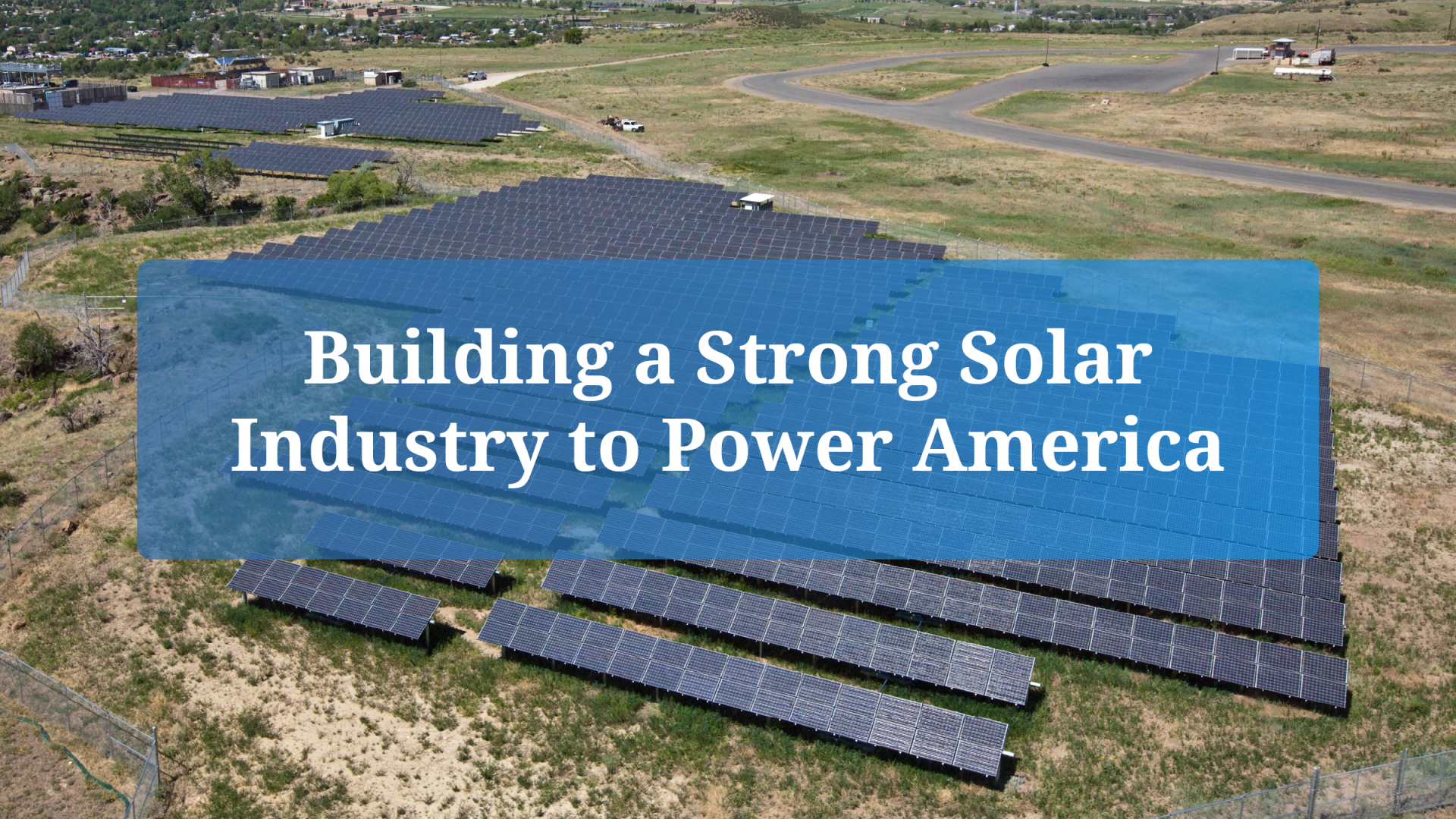Maybe no one here is championing mini-nuclear plants, but TerraPower, a company jointly created by Bill Gates and Warren Buffet are. They have already started building a pilot plant in Wyoming. They recieved $80 million from the government. Their plant will also feature a large molten salt energy storage unit also. Meanwhile in UK, Rolls Royce is planning their small reactor design projects. And there are others. Here in Texas, no nuclear plants are planned. Lots of solar and wind and grid expansion projects are going forward. That is where the money is here.
Meanwhile, natiowide, nuclear waste is accumulating at nuclear sites with no plans in sight to deal with that little problem of permanent disposal of that waste. The Yucca Flats fiasco demonstrates the inability and unwillingness politically to deal competently with the long term nuclear waste problam in the U.S..
The nuclear waste "problem" is a propaganda tool.
Nobody's demanding that chemically toxic heavy metals from other industries (including, incidentally, wind turbine and solar panel manufacturing) be sequestered for geological timescales.
The fact is that we already have a completely safe storage system in place - on site storage in dry casks has been used for sixty years without anyone ever being hurt.
It's already far safer than the waste from any other power generation technology.
It's not 'green goo' - it's a boring grey ceramic solid, heavy and insoluble. Even if a cask was broken open, the materials inside aren't going to go anywhere; as long as everyone stays back a few metres, nobody's going to get hurt.
And these casks are inside the perimeter fence of nuclear power plants. Nobody's casually going to stroll up to them uninvited.
The most dangerous isotopes are the ones that decay quickly. They will be gone in a few centuries. The rest isn't particularly hazardous once it's that old - you wouldn't want to eat it, but that's true of almost any industrial waste, and unlike nuclear waste, chemical wastes remain hazardous FOREVER.
Of course, spent nuclear fuel is only hazardous because it's energetic. So the best option is to use it as fuel in fast reactors.
For example, the Elysium MCSFR (as well as various other fast reactors currently in development) can use this 'waste' as fuel, leaving a tiny amount of radioactive material with a lifespan of about three centuries before it decays to background - and then you can just landfill it.
How tiny? Well, currently a lifetimes supply of energy for an American can be generated with an amount of fuel the size of a soda can - and produces the same volume of "waste".
To get a lifetimes supply of energy from a MCSFR, you need an amount of fuel with the volume of four chocolate m&m's.
The waste is bit more - about seven m&m's for an American, over his entire life of energy use. But it halves in activity every thirty or so years, and in three hundred, it's barely radioactive at all.
Every generation technology has a toxic waste problem. Only nuclear power has solved that problem.



